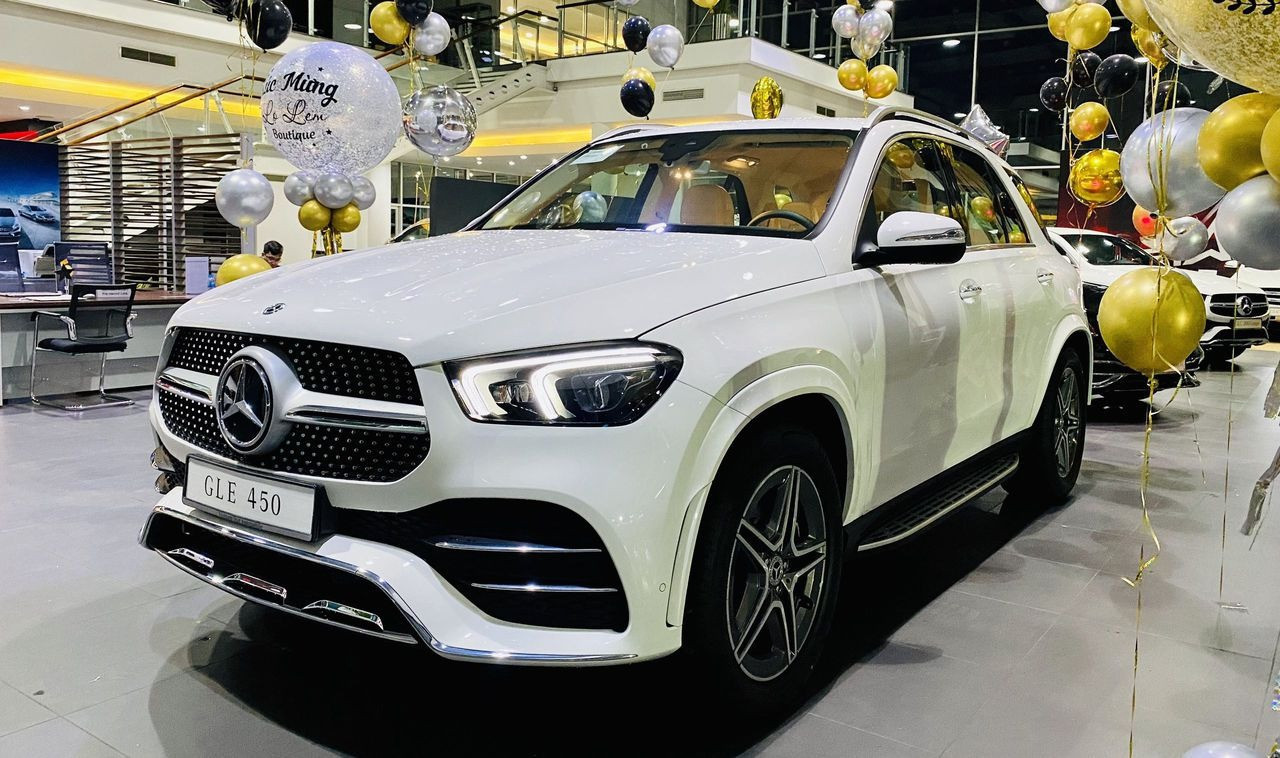
Vietnam and the US are making positive progress in bilateral trade negotiations. Import tariffs on goods from the US to Vietnam, including cars, are expected to possibly drop to zero percent. If this occurs, Vietnamese consumers could access American cars at more competitive prices.
However, analysts believe the zero tax, if applied, would not help much in attracting buyers. American imported car prices are affected by many other factors, including higher transport and insurance costs compared to vehicles from ASEAN (Thailand, Indonesia, etc.).
Tran Thuy Hang, an expert in American car imports, said even with zero percent tariffs, American cars will still struggle to match the prices of vehicles from this region.
A Jeep Wrangler 2.0L with a CIF price (cost of goods, insurance, and freight) of $75,000 in the US would cost VND3.2 billion in Vietnam, after luxury tax (45 percent) and VAT (10 percent), or VND500-600 million lower than current prices, equivalent to a 13-15 percent reduction.
However, to be eligible for importing cars from the US, businesses must set up distribution, warranty, and repair systems, making significant price reductions difficult. Hang noted that consumers should not expect overly large price drops.
An automotive expert stated that if import tariffs on American cars drop from 45-64 percent to zero percent, prices could decrease by up to 20 percent, ranging from a few hundred million to over one billion VND, especially for luxury cars, SUVs, or large-engine pickups.
Among American models, the Ford Explorer (over VND2 billion) would gain a significant competitive edge, with prices potentially dropping to around VND1.8 billion, comparable to competitors like the Volkswagen Teramont X (VND2-2.2 billion) or Hyundai Palisade (VND1.5-1.7 billion).
In the luxury segment, Mercedes-Benz GLE imported from the US, would still cost VND4.5-5.6 billion even with reduced prices, similar to the locally assembled BMW X5, which often benefits from more favorable policies.
Overall, tariff reductions would benefit consumers, but the immediate impact would be limited due to the low volume of American imported cars, primarily high-end models.
In the long term, the automotive market in Vietnam will become more competitive and offer more diverse options for customers with the increased presence of US-imported vehicles.
Despite a sluggish automotive market with unprecedented price cuts, the volume of imported cars continues to rise sharply, reflecting Vietnamese consumers’ preference for foreign vehicles.
The General Department of Customs reported that Vietnam imported 19,042 vehicles in May, up 1.8 percent from the previous month and 59.1 percent compared to May 2024.
Hoang Hiep